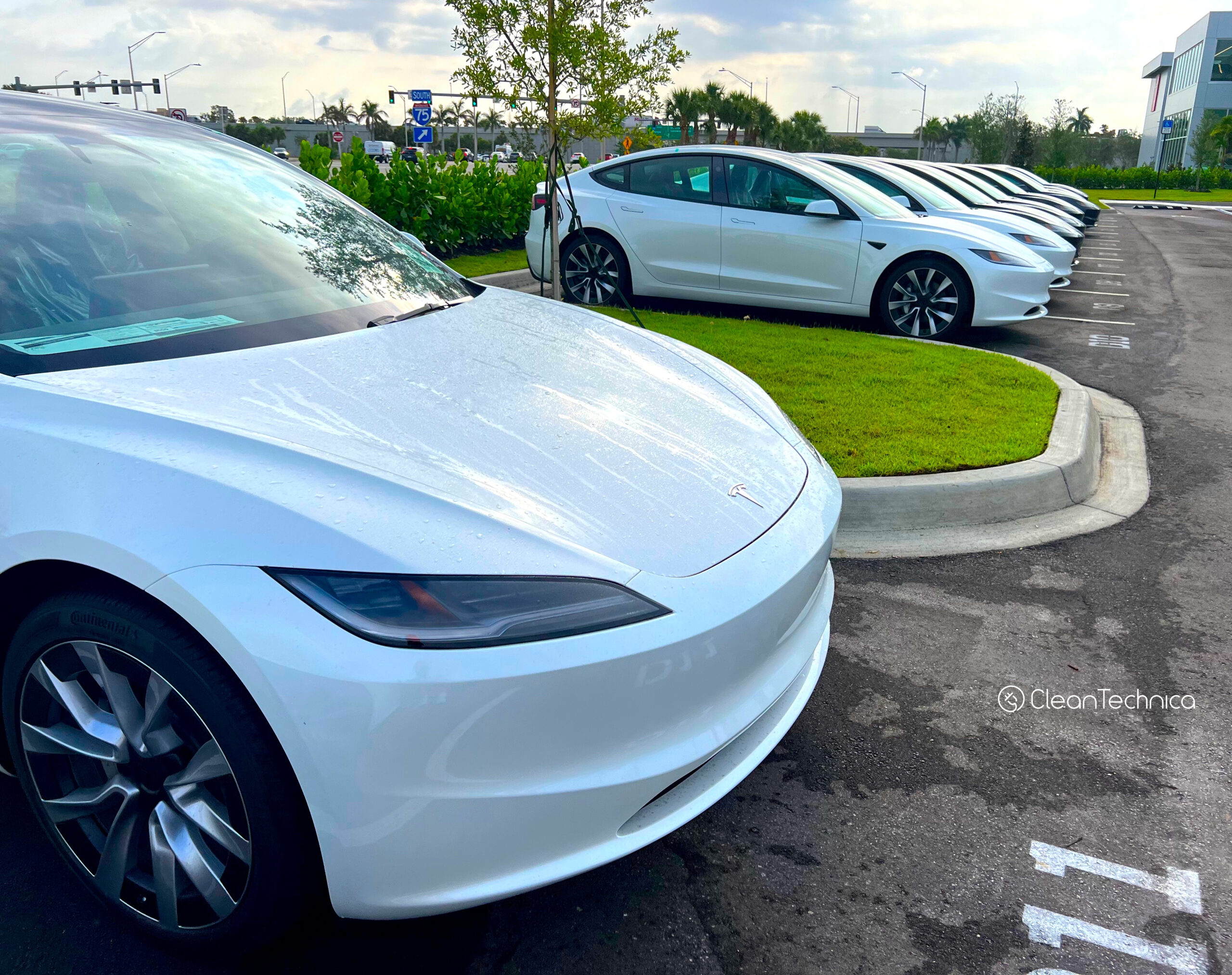Teck Resources has announced board approval for construction of the Highland Valley Copper Mine Life Extension Project (HVC MLE), an important critical minerals investment, which, Teck says, will extend the life of Canada’s largest copper mine and support the company’s copper production into the future.
“This extension of Canada’s largest copper mine, Highland Valley Copper, is foundational to our strategy to double copper production by the end of the decade,” Jonathan Price, President and CEO, said. “Given the strong demand for copper as an energy transition metal, the HVC MLE will generate a robust IRR and secure access to this critical mineral for the next two decades. The project will strengthen Canada’s critical minerals sector, generate new economic activity, and support the continuation of the jobs and community benefits that HVC generates for many more years to come.”
He added: “We look forward to continuing to work collaboratively with Indigenous Governments, local communities and stakeholders to responsibly secure the long-term future of Highland Valley Copper.”
The decision to sanction HVC MLE was assessed under Teck’s Capital Allocation Framework using a rigorous decision-making approach that included a robust business case focused on returns and increased assurance requirements, which demonstrated sanction-readiness.
The environmental assessment certificate and required permits for HVC MLE were issued in June 2025, and construction is set to commence in full in August 2025. The project consists of upgrades and increased capacity requirements for the mine life extension and a mine pushback that requires additional waste-stripping to access high-quality ore within the Valley Pit.
Additional technical and engineering work has been completed ahead of sanctioning to optimise the project. Accordingly, the project capital estimate has been refined and is now expected to be between $2.1-$2.4 billion, reflecting the class of capital cost estimate, updated assumptions based on prevailing construction industry risks, and the potential impact of tariffs, with further potential opportunities for cost optimisation during construction. This project capital investment includes the development of site infrastructure and facilities, expansion of the mine fleet, grinding circuit upgrades, increased tailings storage capacity, and enhancements to power and water systems. The refined growth capital estimate is based on a high-definition cost baseline informed by early contractor involvement. It includes project-level contingencies, accounts for inflation and input cost escalation, the impact of potential tariffs on construction materials, and reflects the accelerated procurement of mobile equipment originally planned for later project phases. The estimate also incorporates additional scope and indirect contractor requirements identified through ongoing project refinement.
The production profile at Highland Valley Copper is divided into three distinct mining phases with different material movement expected in each phase:
- Mining the current Valley and Lornex pits (2025-2027);
- Transitioning through satellite orebodies (Bethlehem and Highmont) and lower grade Valley ore while completing the next Valley pit pushback (2028-2033); and
- Valley pit becomes the dominant ore source and is a long-term source of high-quality ore (2034-2046).
Although the annual ore throughput rate will be variable due to ore hardness, the long-term ore tonnes mined will remain consistent at approximately 50 Mt/y through the life of mine. However, total material moved will increase starting with Phase 1 of the project, which requires additional waste stripping to access the high-quality ore in the Valley Pit. During Phase 2, the average total tonnes mined will continue to increase to approximately 200 Mt on average from 2028-2033. Thereafter, in Phase 3, total tonnes mined will reduce to approximately 100 Mt on average, with a gradual reduction in tonnes mined from 200 Mt to 100 Mt through to 2038, and minimal waste tonnes mined from 2039 to the end of the life of mine in 2046.



